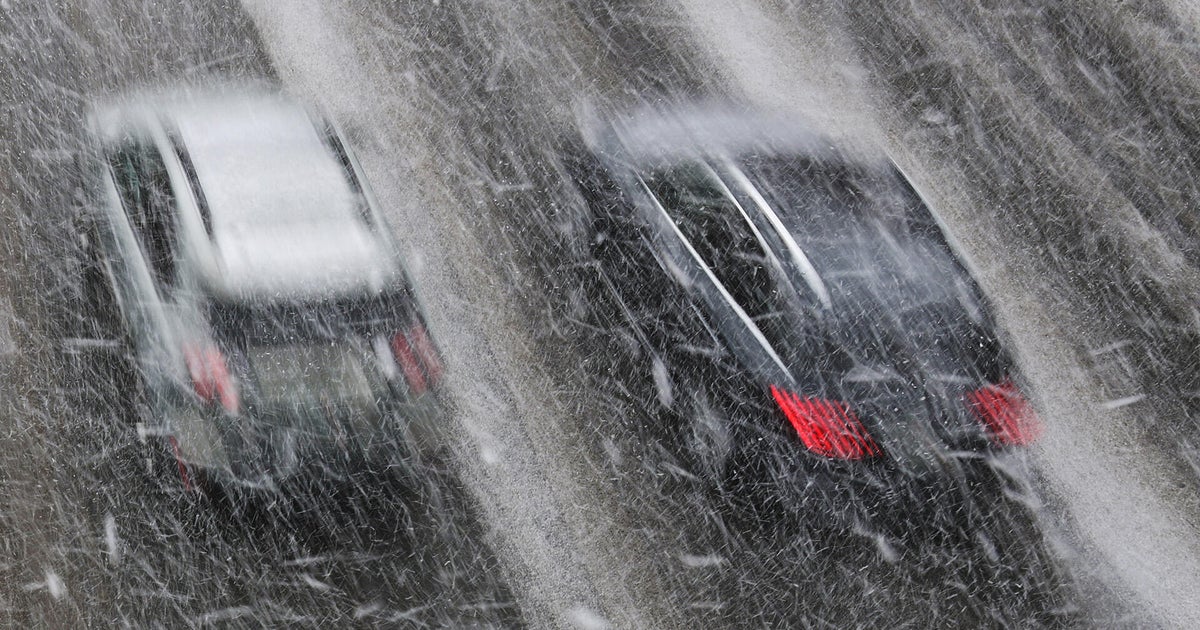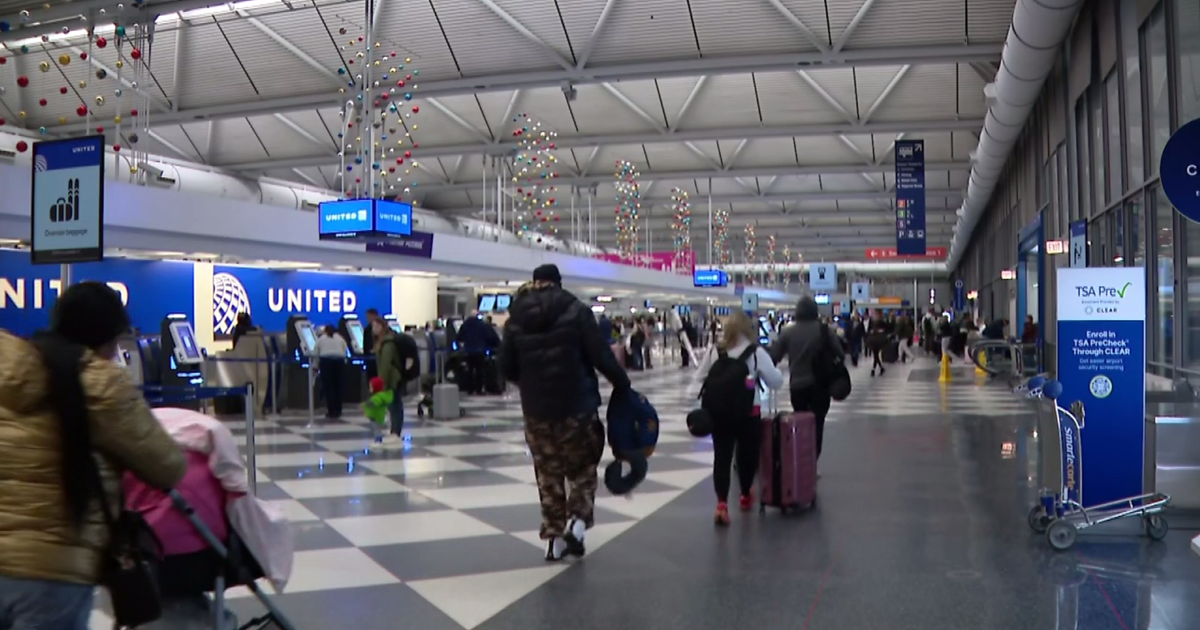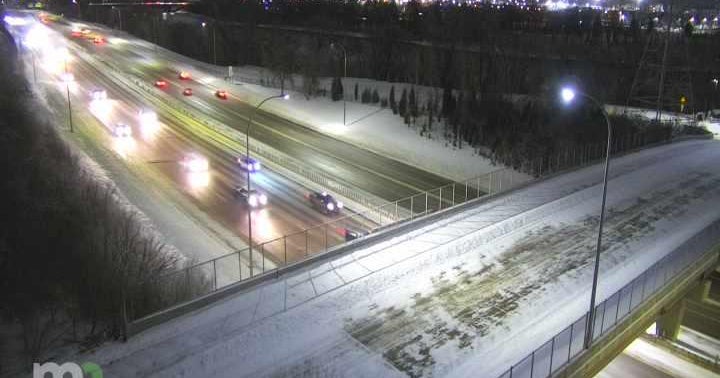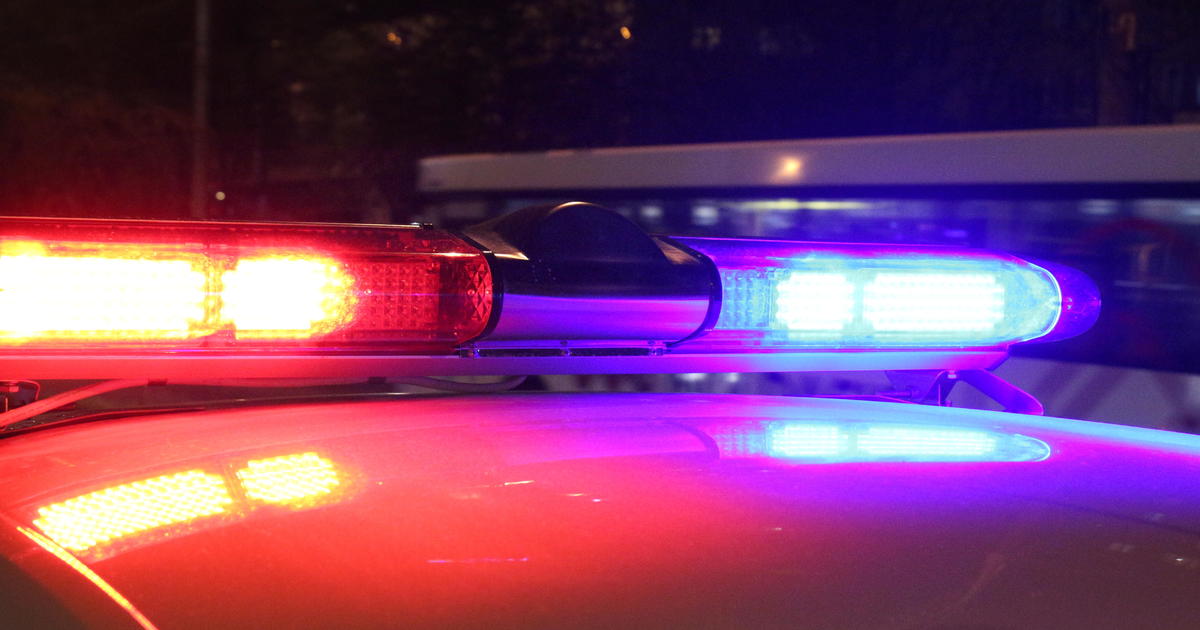LED Traffic Lights Getting Bogged Down By Snow
MINNEAPOLIS (WCCO) -- The Minnesota State Patrol responded to nearly 1,200 crashes and spinouts since Monday.
One woman died in west central Minnesota, and nearly 50 others were hurt.
Beyond the slick roads, there is another risk when it snows. Technology is causing trouble at some intersections this winter.
As transportation crews replace incandescent light bulbs to the more energy-efficient LED lights, they have found they do not handle snow as well as before.
It is the same bright idea some of us celebrate inside our homes -- but that upside might be buried at busy intersections in the winter months.
"The LED lights to not emit enough heat to melt off snow and ice that may accumulate on them," said Kent Barnard, a communications specialist at the Minnesota Department of Transportation.
Barnard said by now, most of the state's 1,400 traffic lights have switched from incandescent bulbs to light-emitting diodes, or LEDs, producing less than half the heat as before.
It is estimated the new bulbs carry a 90-percent cost savings.
Still, cold-weather states across the country have seen unintended consequences. CBS's affiliate in Denver found snow-covered traffic lights after a woman in that area broke her neck when a driver blew through a buried red light.
"It's not a huge problem, but yes, it has happened in Minnesota," Barnard said.
MnDOT said northern Minnesota has it the worst. St. Louis County's traffic engineer told WCCO they saw some lights covered for 24 to 48 hours when it snowed this fall.
The old bulbs would have melted the snow in just a few hours tops.
Transportation crews say there is just not enough manpower to clear traffic lights in and after storms. That is why MnDOT wants this brought to light, reminding drivers to stop and treat the intersection as a four-way stop if they see snow-covered lights.
"When in doubt, always err on the side of safety," Barnard said. "Make sure the coast is clear, because you don't know what the other driver is experiencing. He may have the same issue on his direction, too."
It is the heavy, wet snow that seems to cause the most trouble at traffic lights. MnDOT says it is still looking at possible fixes, like heated covers, but they have not found anything that has worked well just yet.







